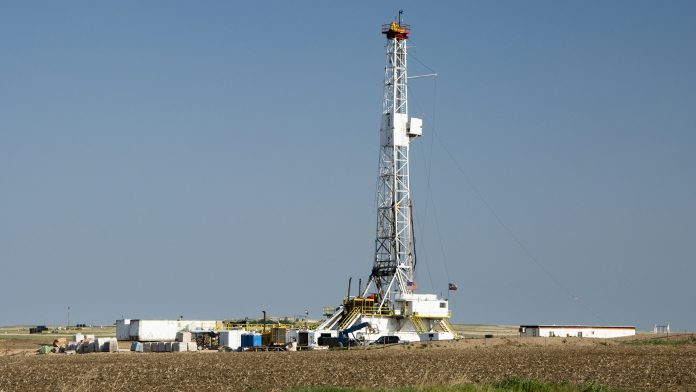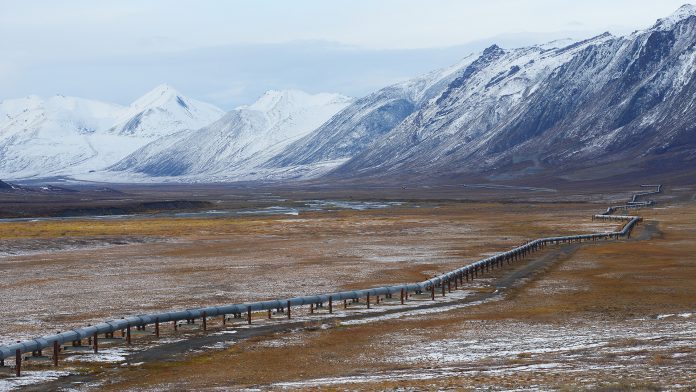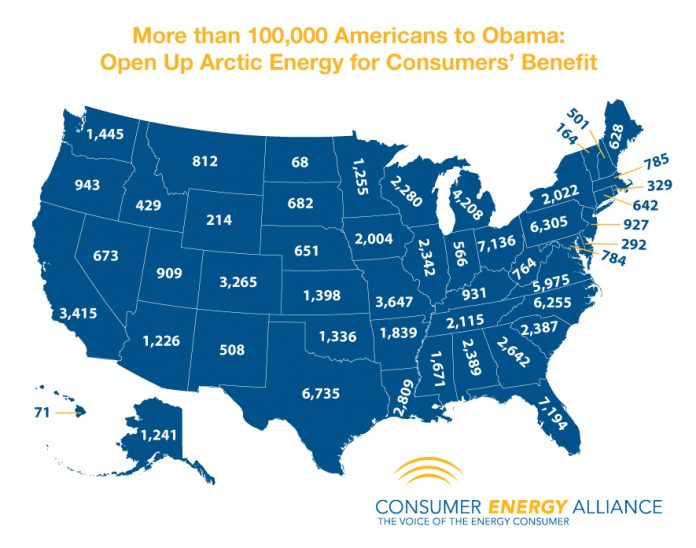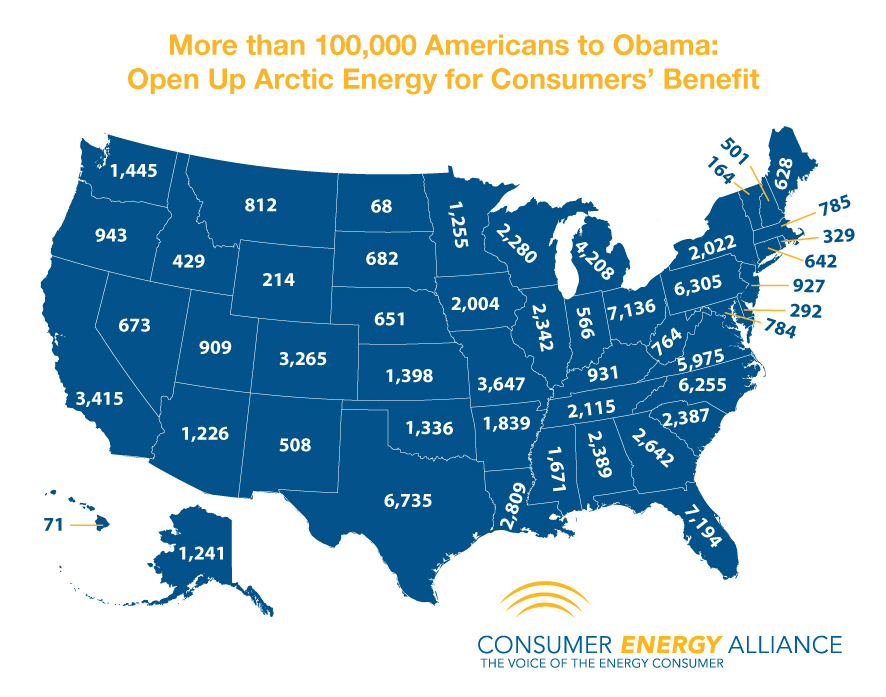Transcript
Consumer Energy Alliance’s Holt previews 2015 policy outlook
Monica Trauzzi: Hello and welcome to OnPoint. I’m Monica Trauzzi. With me today is David Holt, president of the Consumer Energy Alliance. David, thanks for coming back on the show.
David Holt: Always good to be back, thanks Monica.
Monica Trauzzi: David, oil prices continue to plummet, and as a result consumers here in the U.S. are seeing very low gas prices at the pump. What are your expectations for how the story line will evolve up to 2015?
David Holt: First of all it’s an amazing event. I’ve been on your show multiple times over the last several years, and from a consumer perspective CEA has always said if we open up energy opportunities, if we look at offshore, if we look at onshore, if we look at energy efficiency conservation, if we do all these things in a sensible way energy prices will go down, putting more money back into consumer pockets, increasing employment opportunities in the rest of the economy — all that is happening now in real time primarily because of private lands, the shale revolution that’s occurred.
Monica Trauzzi: Is that really true? Is that why these global oil prices are going down?
David Holt: I think so. I think the geopolitics of energy have fundamentally changed, and in our lifetime we’ve seen the rise of OPEC replacing primarily what was kind of Texas at the time was setting world oil prices in the late ’60s, early 1970s. Now the United States continues to utilize or use about 25 percent of the world’s oil on a daily basis, but we’ve gone from 65 percent of relying on imports to about 40 percent relying on imports with more opportunity to come. If we look at federal lands, if we look at increasing offshore opportunities while we continue to diversify our energy resources then become more energy efficient, we really can become truly energy independent if not energy self-sufficient. So I think the rest of the world is looking at that now and sees the United States being ascended in energy.
Monica Trauzzi: But there are suggestions that Saudi Arabia, for example, is trying to capture a greater portion of the market by forcing these prices to stay down.
David Holt: Correct.
Monica Trauzzi: There are concerns among U.S. producers that the low oil prices could actually stymie production here in the U.S. So are there long-term negative impacts on the U.S. oil economy if the prices stay this low?
David Holt: First of all, clearly the Saudis are responding to a new situation in the geopolitics of oil. So I think that bears as one example of the point I’m trying to make. Their response to the U.S. in our new energy, self-sufficient kind of dynamic and what that does to world oil prices; lower prices for consumers, lower prices throughout the market is no matter what, a good thing. Prices for oil, I think are hovering around $60 a barrel globally. You don’t know where they’re going to go in the next six months. I think most folks feel like in the next six to 12 months, they might stay around $60 and then you see a slight increase.
So long term, we must continue to keep our eye on the ball and continue to look for more energy resources, continue to diversify energy resources, continue to onshore those jobs in petrochemicals, and plastics, and steel, lower transportation costs, which ultimately lower commodity prices, which has a ripple effect throughout the whole economy. Every household in this country right now, Monica; for Christmas, for the holiday season $500 more in their pocket, because of lower gasoline and energy prices.
Monica Trauzzi: Let’s shift gears. One of the things we’re going to see very early on next year is the turn to reliability discussions relating to the Clean Power Plan. We expect congressional oversight hearings of course, and FERC has also announced that they will be holding a series of technical conferences relating to reliability. How do you view the impact of reliability and its impact on consumer relating to this plan?
Monica Trauzzi: Well first and foremost the EPA rule reducing greenhouse gas emissions look primarily at coal. I think from our perspective, no energy resource should be taken off the grid. No energy resource should be deselected. If we’re going to have a conversation about coal, we need to have a conversation about clean coal technologies, how we continue to diversify our energy resources, maintain a reliable grid, maintain an affordable grid. You don’t want to have one energy form, energy resource be kind of the target if you will, because it’s only a matter of time before other energy resources also could become a target.
So we need to make sure that we’re using all our available resources, nuclear included, and continue to maintain that grid, because most consumers in the Midwest and the Southeast of the United States that are kind of the focus of a lot of coal-fire power plants, they’re the poorest of the poor. They can least afford to see their prices increase. So we call on the EPA, and others, and states that are looking at that to continue to kind of really closely examine that and find a new way to get this done.
Monica Trauzzi: Republicans are expected to bring Keystone legislation up early next year. Recently the president has been given less definitive signals on the future of the pipeline. How do you see these two competing narratives evolving next year?
David Holt: Well I think the president is a very busy man. I think we were disappointed in his statements early in the week, and he seemed to not have the latest information from his own State Department, because the State Department’s own analysis says the Keystone pipeline will be emissions neutral if not a net positive. This is a simple decision in our opinion. Most of the Keystone, the lower leg of the Keystone pipeline, and the president went to Cushing, Oklahoma, about two years ago, and how did the lower lay of the Keystone pipeline saying the jobs that would be created. Those jobs have been created.
Let’s just get that border crossing between the U.S. and Canada approved, and bring that 700,000 or 800,000 barrels of oil of day down to the Gulf of Mexico into the refining sector where it can be refined, and then sold here in the United States replacing, displacing Venezuelan oil. It’s really quite a simple decision. I think the vast majority of the American public supports, the vast majority of Congress supports. It’s up to the president now to make a decision, and you know we’re going on seven years, over six years now we’ve been waiting on this Keystone pipeline decision.
Monica Trauzzi: Do you think some kind of legislation in Congress would be successful in making its way to the president’s desk?
David Holt: Yes, yes, without a doubt. I think something can come out of Congress, sent to the president, I think this is something the president should sign, and we expect him to. There is 2.2 million miles of pipeline in this country. The pipeline industry is the safest form of transportation for oil and natural gas. Much safer than rail, or trucking, or other forms that they’re also currently using. So it’s time to get the Keystone pipeline approved.
Monica Trauzzi: Will we see an energy packet come out of the next Congress?
David Holt: I think you will. I think there is a bipartisan support for an energy package. You know it needs to be all of the above. You know, how do we continue to utilize nuclear power in our future grid? There are other pipeline issues in this country to make sure that we get natural gas to the markets that are increasingly relying on natural gas. You’re seeing emissions overall go down as we use more natural gas to meet or electricity needs. So there are a lot of good things that are happening, but infrastructure, energy diversity, sensible energy plans, the offshore energy development, arctic energy development, all those need to be on the table as part of a comprehensive plan.
Monica Trauzzi: On natural gas last week New York state moved to ban fracking, citing health concerns. Could we see similar moves by other states?
David Holt: I think other states and local jurisdictions are examining hydraulic fracturing. It’s actually probably a good conversation to have, and you want to make sure that citizens in these local areas have all the facts. So from our perspective, bringing other consumers into that discussion is important and it’s positive. What came out of New York last week was I think based on some older, somewhat flawed studies, and they also cited dubious, I think the word was dubious economic benefits, and I think they don’t have to look very far to Pennsylvania to see the significant economic benefits that Pennsylvania as well as Texas, and North Dakota, and Colorado, and other states are seeing because of natural gas production. So it was an interesting study, an interesting response from the governor, and I don’t think it’s based on all the available facts that we currently see.
Monica Trauzzi: And there are, of course, some very heated discussions happening in these localities on the future of fracking.
David Holt: Absolutely, absolutely.
Monica Trauzzi: Alright, we’re going to end it there. Thank you for coming on the show.
David Holt: Monica, always a pleasure thank you.
Monica Trauzzi: Thanks for watching. We’ll see you back here tomorrow. Great! Thank you.
David Holt: A pleasure.



















